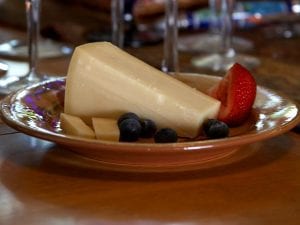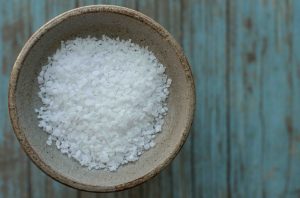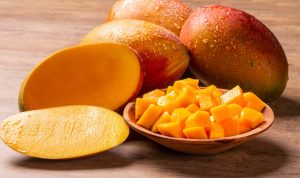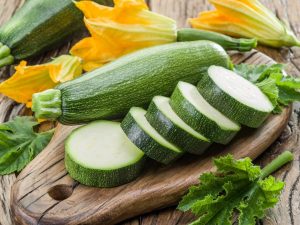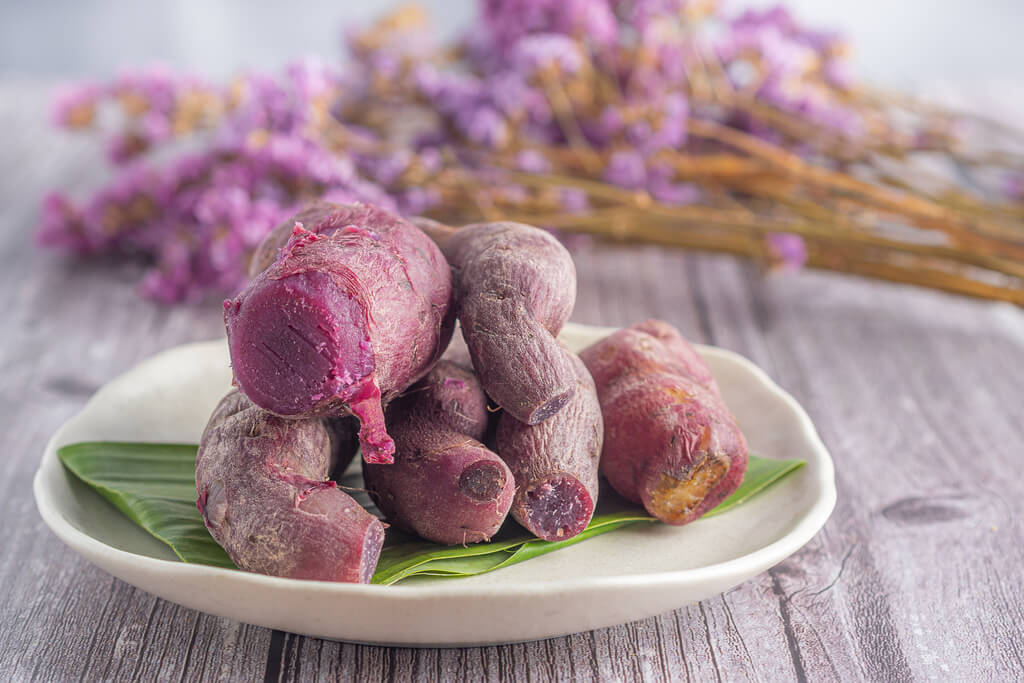
Ube and taro are the main ingredients for some of our favorite treats such as ube halaya and taro milk tea. At first glance, they may look the same, so it’s easy to confuse one with the other. Some even consider them interchangeable. On the contrary, however, they have many differences despite being both starchy root crops. They also have different culinary uses.
Read on to find out what sets ube vs taro apart, what attributes make them unique, how to use them in the kitchen, and more!
What Is Ube?

Ube (also called purple yam, greater yam, and Dioscorea alata) is a type of starchy purple yam that belongs to the Dioscoreaceae or the sweet potato family. It originated in Southeast Asia but is particularly native and known to the Philippines. It is used to make desserts and snacks like ube-filled bread and ice cream. Overall, purple yam has a sweet, rich, yet mellow nutty flavor and almost vanilla-like taste that goes well with other Filipino desserts like sapin-sapin (layered rice cake) and ginataang bilo-bilo (glutinous rice balls and sweet potatoes in coconut milk).
What Is Taro?
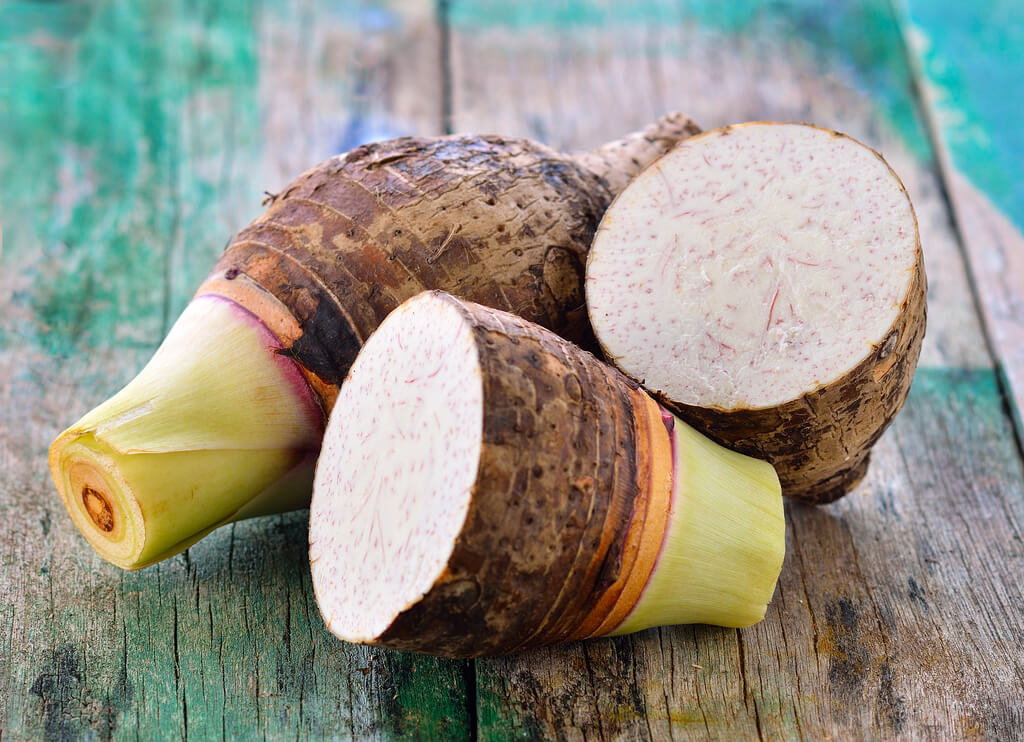
Taro (also known as Colocasia esculenta) is a root crop that originated in Southeast Asia. It is often confused with ube, which is another root vegetable. One prime reason for this is because they both don bark-like skin. However, taro is not in the same family as yams and sweet potatoes. It belongs to the Araceae family and is a staple ingredient across many cuisines like Africa, India, and the Pacific Islands.
Is Taro the Same as Purple Yam?
Taro and purple yam, or ube, are not the same. Currently, there are nearly 600 different types of yams but they are not in the same family as taro. Again, purple yam or ube is a type of starchy purple yam that belongs to the Dioscoreaceae or the sweet potato family. Meanwhile, taro is a root crop from the tropical taro plant that belongs to the Araceae family.
How to Tell Ube and Taro Apart Appearance-Wise?
While ube and taro offer somewhat similar flavor profiles and culinary uses, they have noticeable differences when it comes to appearance.
Ube has a bark-like skin with a smooth and bright purple color that makes it easier to tell apart from taro and other root crops.
Meanwhile, taro is brown, round, and rough which is more comparable to potatoes.
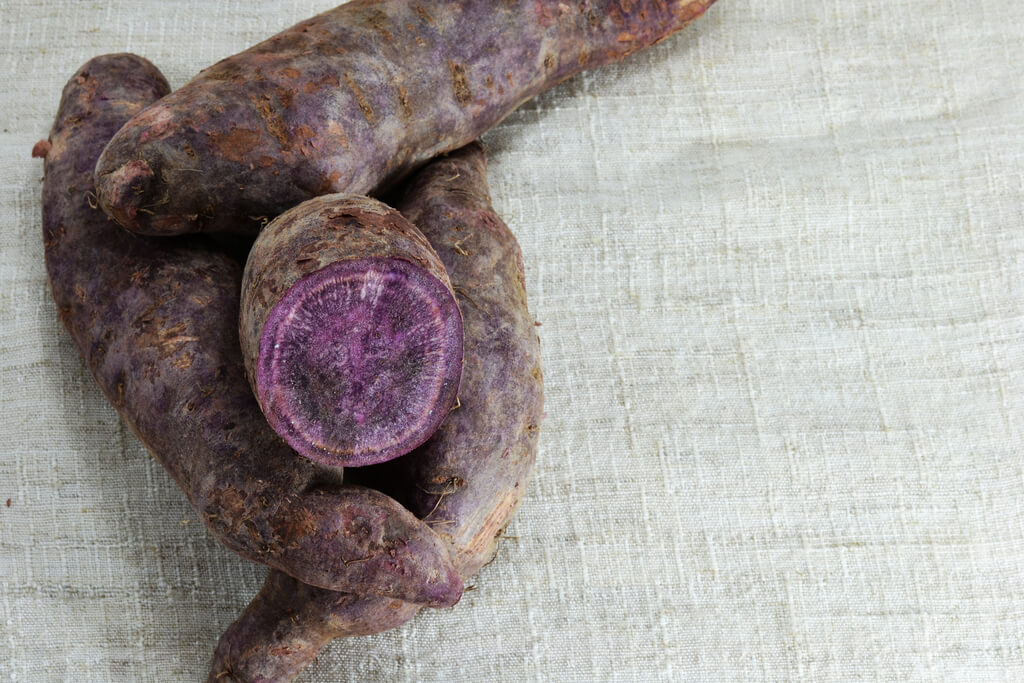
Ube or Purple Yam
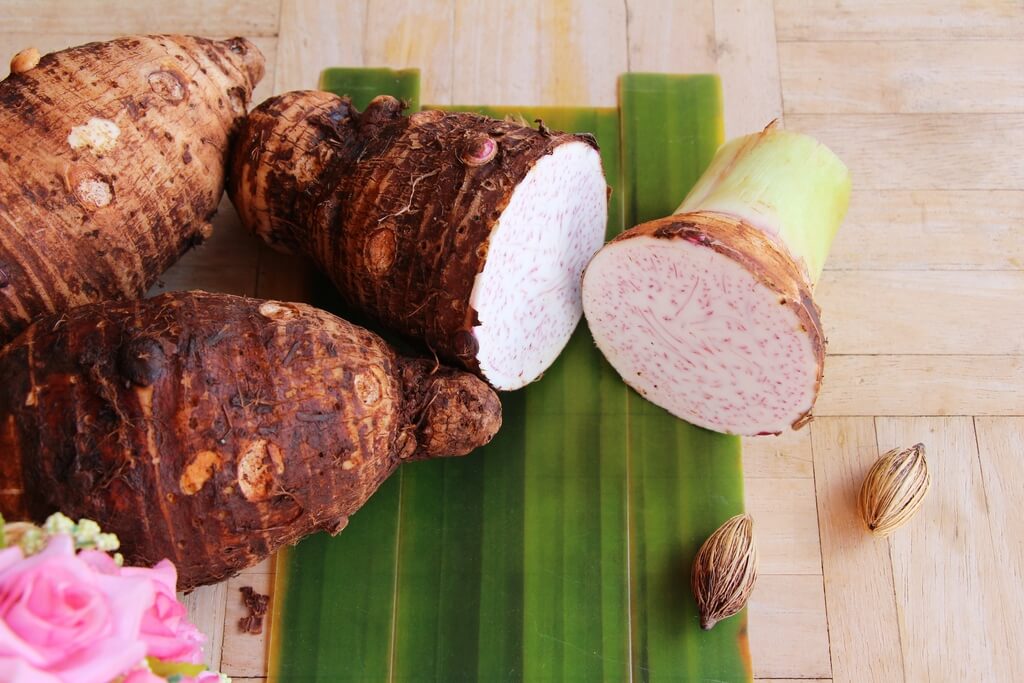
Taro
Now, that’s not the only distinguishable visual cue you can observe. When you cut the ube and taro open, you’ll notice they have different flesh.
Ube has striking purple flesh that’s easily recognizable.
Taro, on the other hand, has white flesh and purple dots when it is pulled from the soil. Then, it transforms into a beautiful light purple color once grated, cut, sliced, or cooked. The light purple color is actually the color you often see in your taro boba milk tea.
Is Ube Sweeter Than Taro?
Now, what does ube taste like compared to taro? Ube is definitely sweeter than taro, which is the reason why you don’t often see it mixed into savory dishes. It works best with desserts and baked goods. In the Philippines, ube-filled and ube-flavored desserts like bread, ice cream, cake, and kakanin (a sort of Filipino rice cake) are popular.
How To Use Ube and Taro in Cooking?
Ube and taro are versatile produce items used in a wide variety of dishes. Again, ube is better for dessert recipes. Like some popular ingredients, this ingredient has many variants or forms.
- Some use powdered ube (its fresh variant) or the ube halaya.
- For the halo-halo (a sort of Filipino shaved ice dessert), some traditionally stick to purple yam jam, while others like to use ube ice cream.
- For ube milk tea, it’s a rule to add the powdered sort and add ube halaya as a topping.
Overall, the rich sweet taste and attractive purple color make it a valuable ingredient in the kitchen.
That said, ube has always been popular in Southeast Asia but it’s only until recently that it gained popularity in the Western food scene. Today, modern applications of ube have risen. For example, it is now added to cookies, pies, and other baked goods.
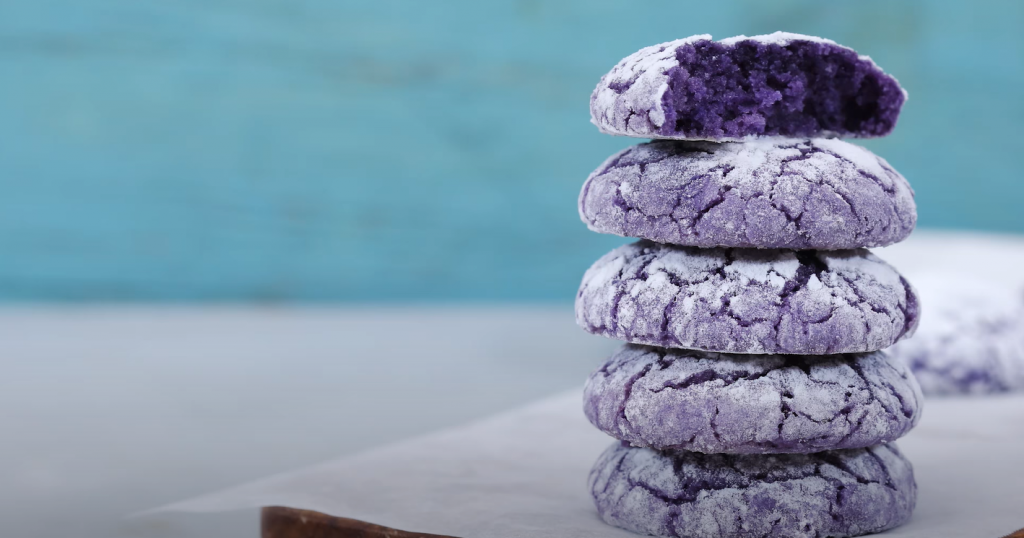
Ube Crinkle Cookies
On the other hand, taro works for both sweet and savory dishes:
- Taro can work for both savory dishes and dessert recipes because it has a gentler, less sweet taste than ube.
- It’s also often marketed as a healthier alternative to your regular favorite treats such as slushies, ice cream, and chips.
- Taro even tastes good on its own! Try turning the root into taro chips, then make the flesh into a healthy alternative to fries.
- Since it absorbs flavors nicely, adding it to soups like sinigang (Filipino sour pork stew) is another way you can incorporate it into dishes.
Can You Use Ube Instead of Taro in Milk Tea?
Yes! Generally, ube has a sweet flavor than taro which is why it’s often used in dessert recipes like pies, puddings, and cupcakes, rather than savory dishes. With that said, ube is a good substitute for taro in milk tea especially coupled with its beautiful purple color. Ube will give your milk tea a unique flavor of its own, yet an earthy and nutty flavor that’s different but similar to taro’s vanilla-like taste.
